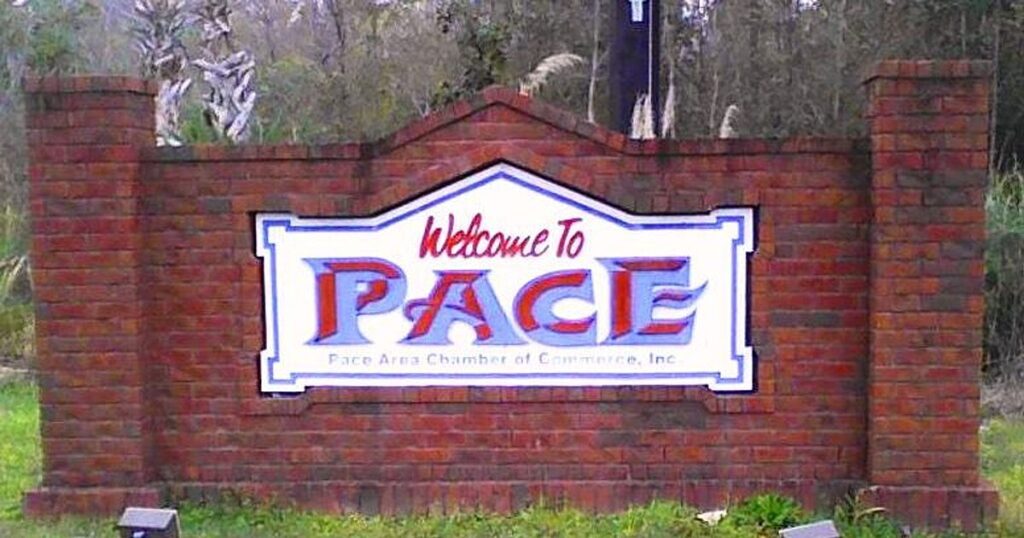
Moving to Pace, Florida: A Comprehensive Relocation Guide
Considering moving to Pace, Florida? In fast-growing Santa Rosa County, Pace offers new subdivisions, strong schools, and convenient access to Pensacola and the Emerald Coast. This 2025 guide explains moving to Pace FL.
Demographic Profile to Consider If Moving to Pace:
The broader Pace trade area exceeds 40,000 residents. Housing is dominated by single-family homes in master-planned communities with neighborhood parks and sidewalks; retail and dining line US-90. Find trusted local services for moving, living, and working in Pace.Pace Relocation Directory
Cost of Living to Consider If Moving to Pace:
Housing is typically more attainable than coastal areas, with premiums for new-construction and larger lots. Insurance varies by age/mitigation; HOA dues support amenities in planned communities.
Economy and Job Market:
Defense, healthcare, education, construction, logistics, and retail lead. Many residents commute to Pensacola for hospitals, government, tech, and aviation; hybrid work is common.
Education:
Santa Rosa County District Schools are well regarded with competitive athletics and arts. UWF and Pensacola State College are within a short drive.
Recreation and Lifestyle:
Blackwater River parks, boat ramps on the bay, and youth sports shape daily life. Gulf beaches are reachable on weekends; community events foster a small-town feel.
Healthcare and Services:
Regional hospital systems (Ascension, HCA) serve the area via nearby campuses; urgent care and primary care clinics are convenient along US-90.
Transportation:
US-90 and I-10 connect to Pensacola and the Panhandle. Regional links via ECAT (connections in neighboring Escambia County) support broader transit; PNS airport is ~30–40 minutes.
Conclusion:
Moving to Pace FL in 2025 offers suburban value, strong schools, and easy access to Pensacola job centers and beaches.

